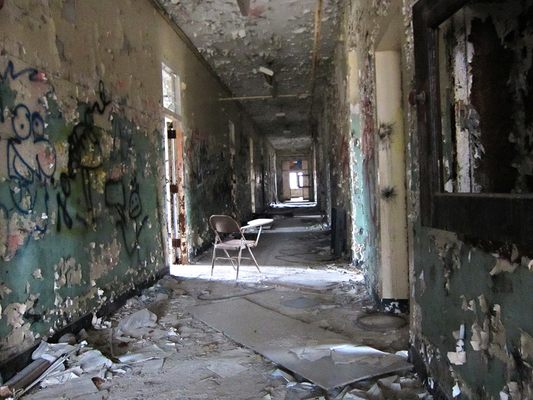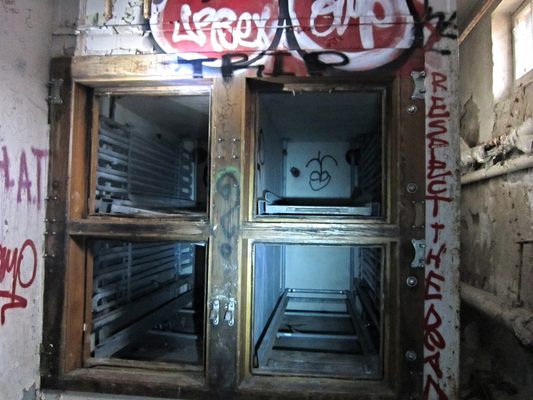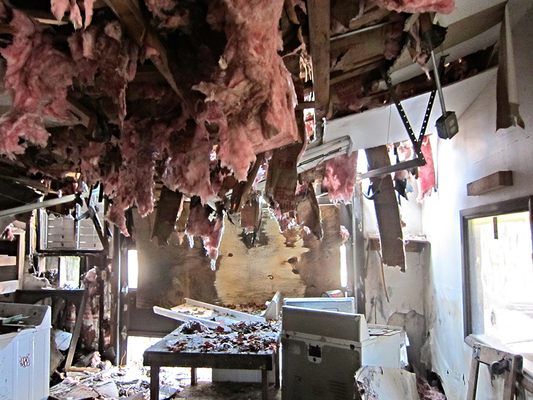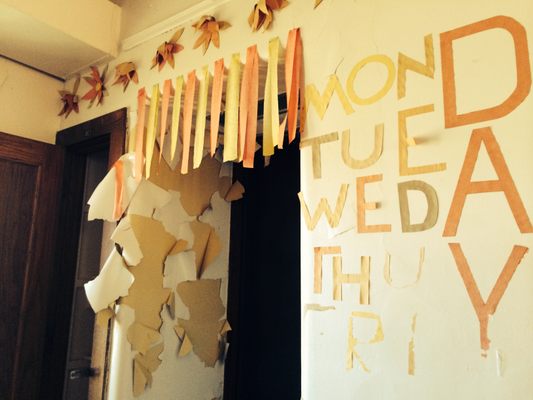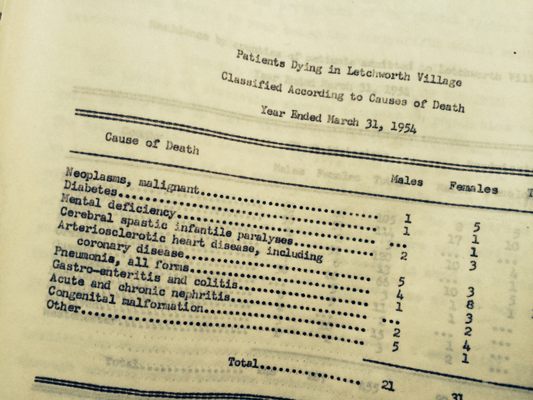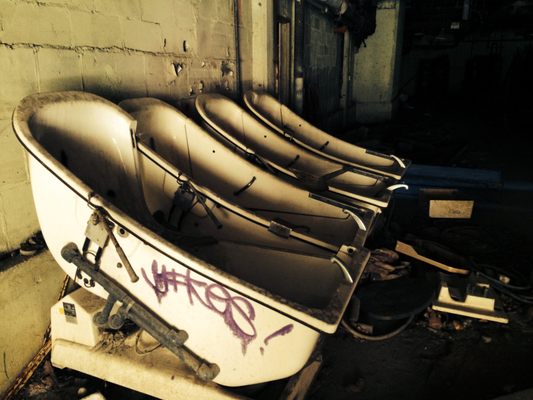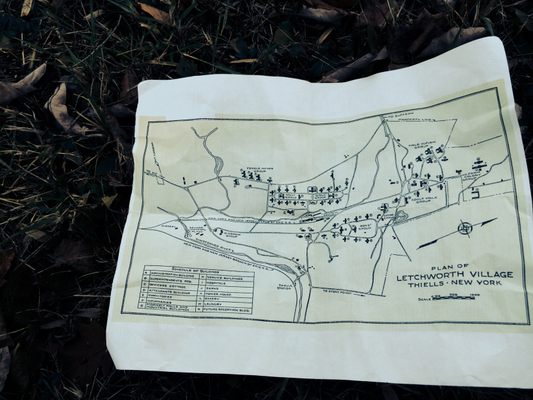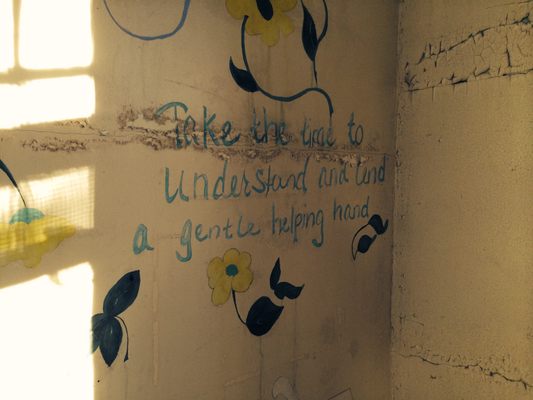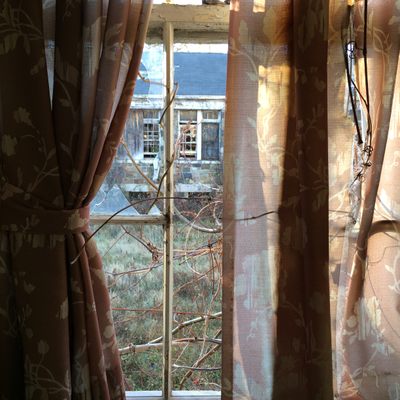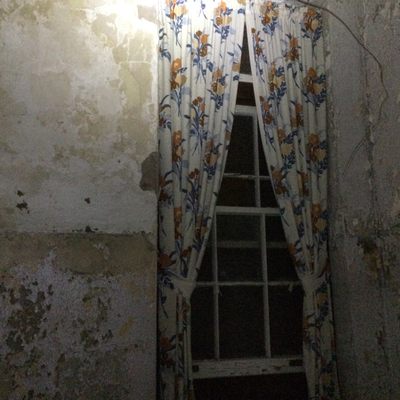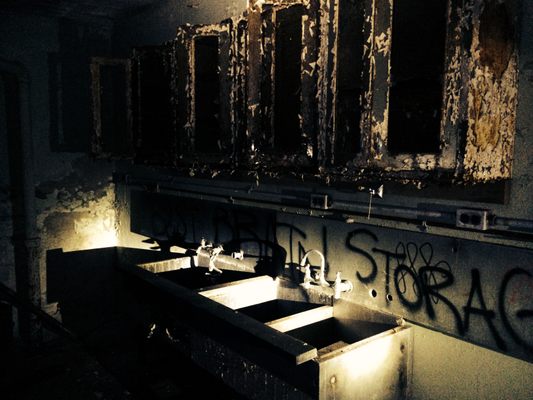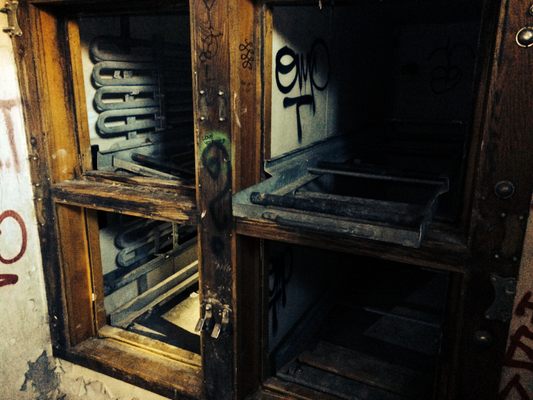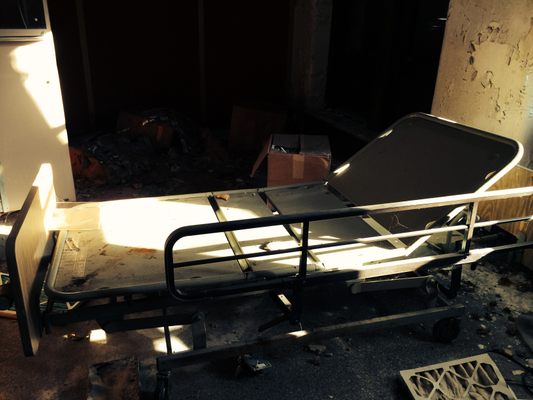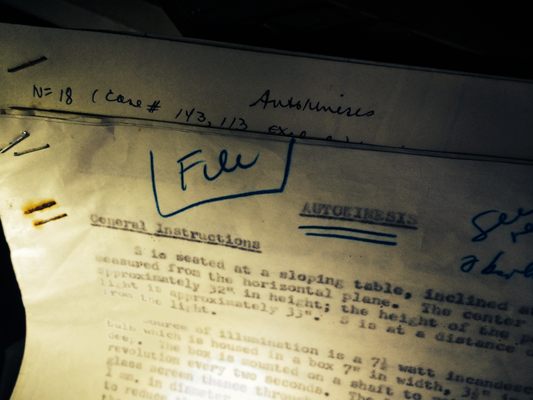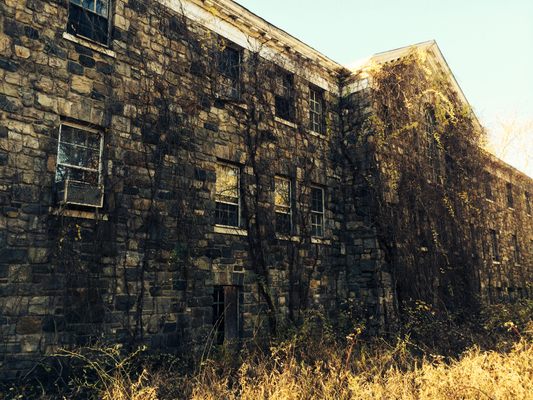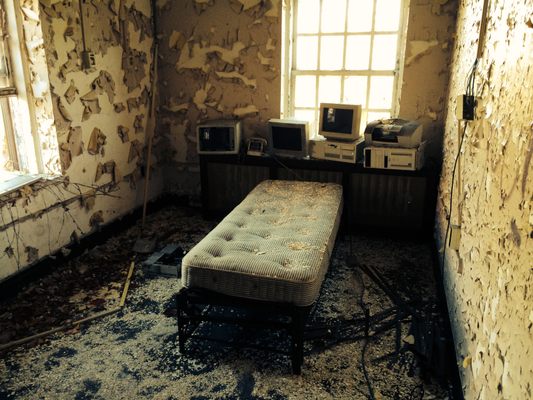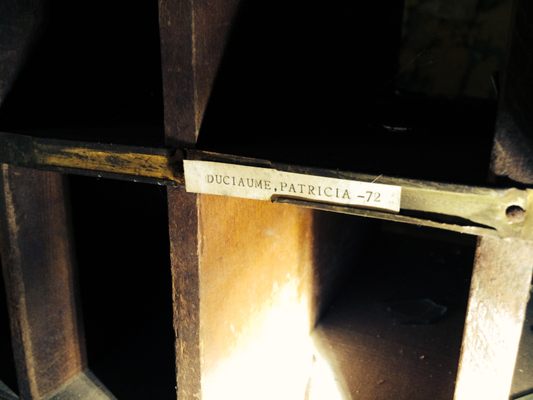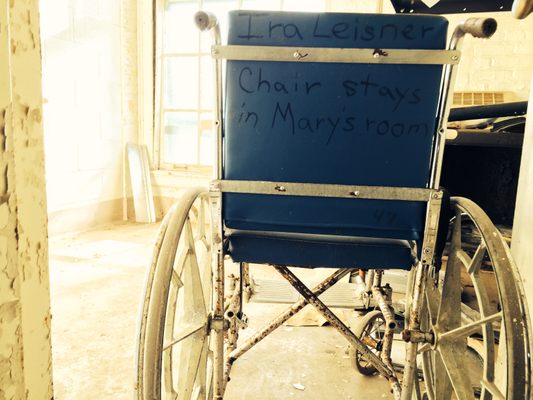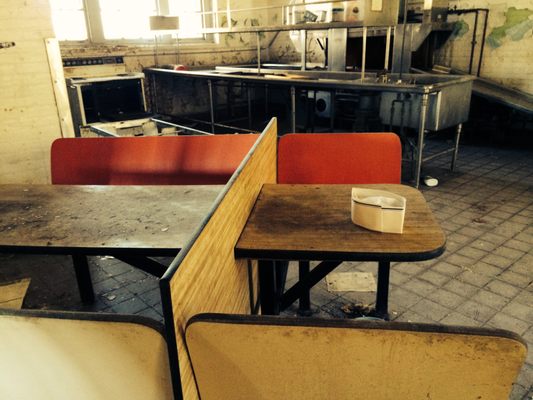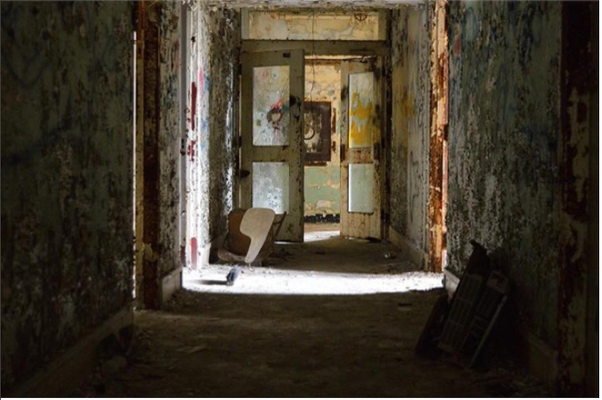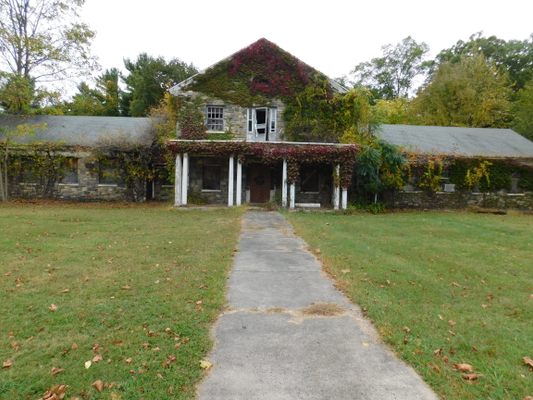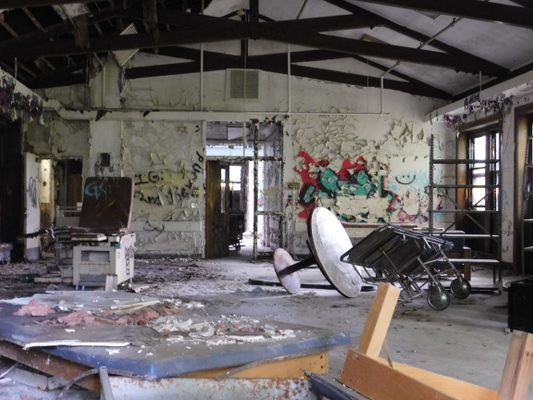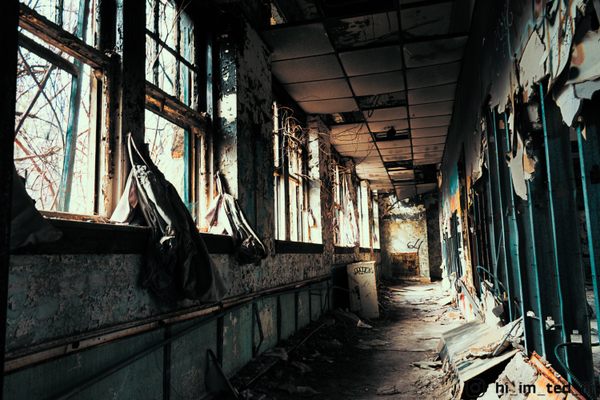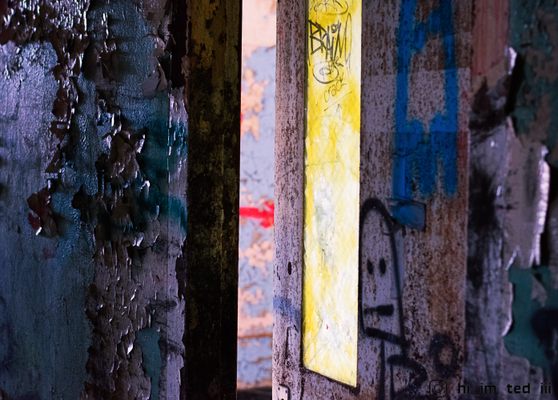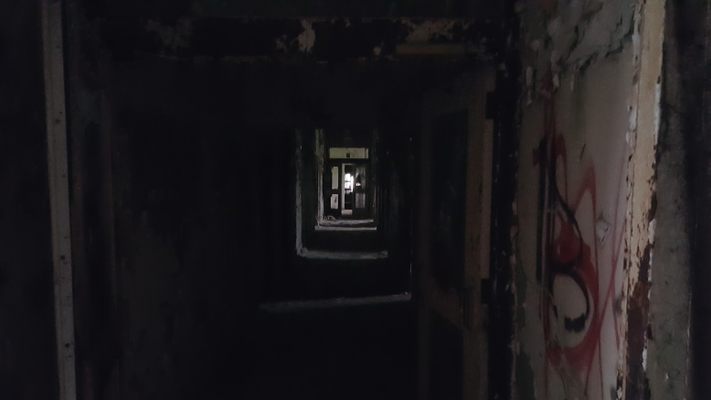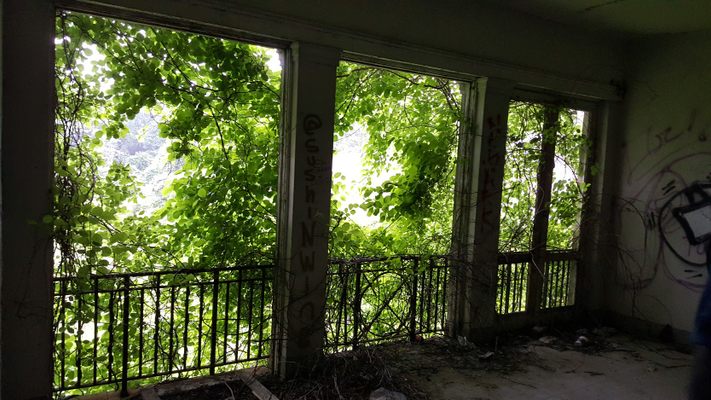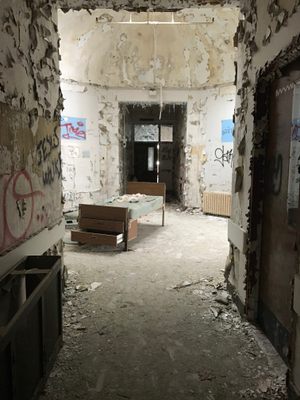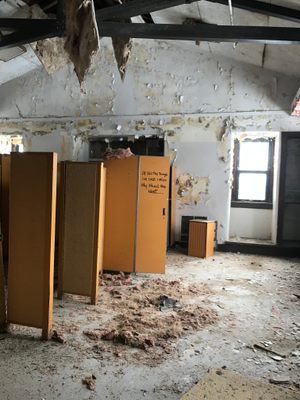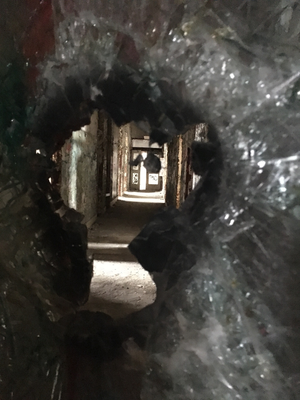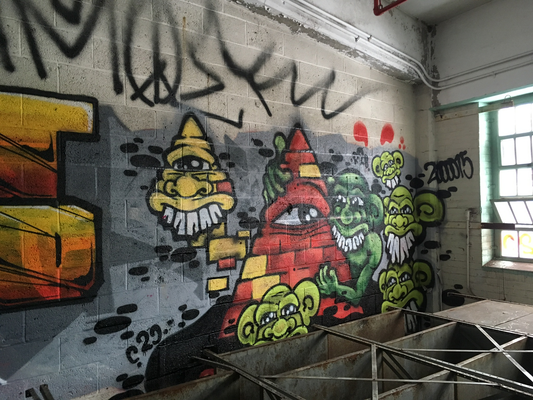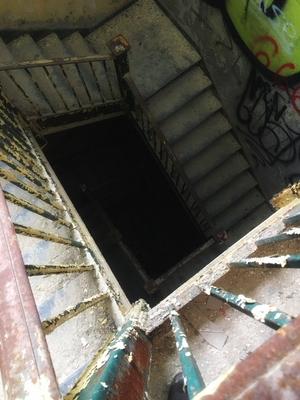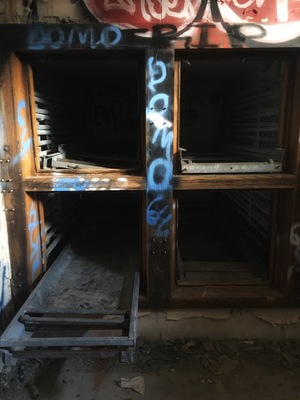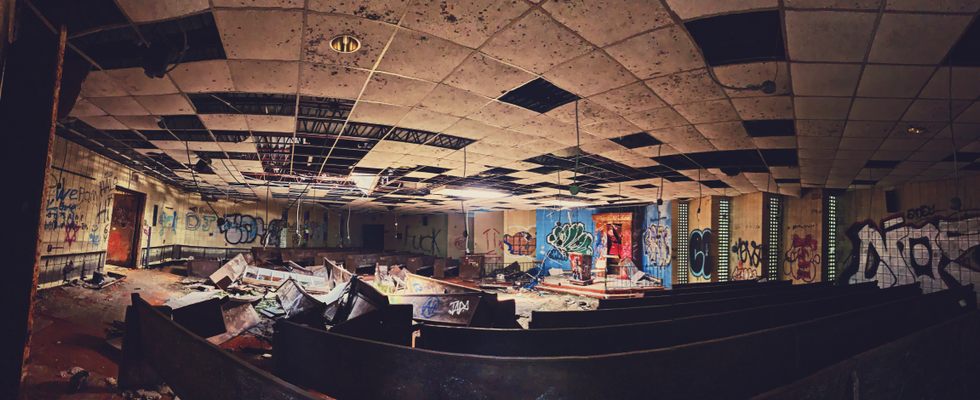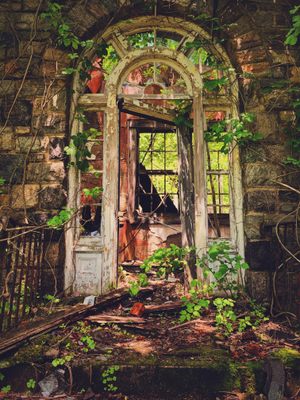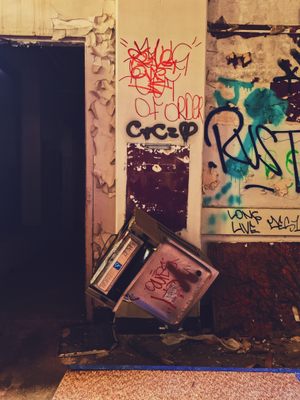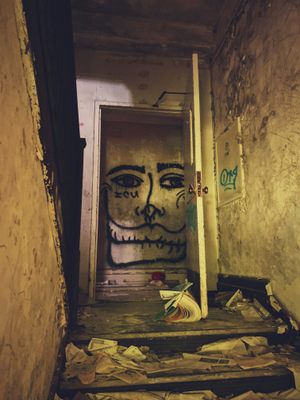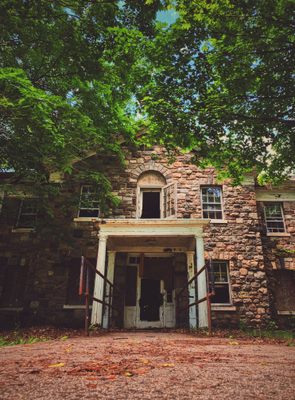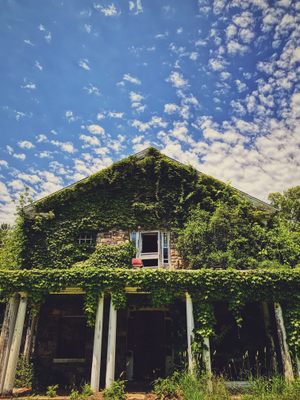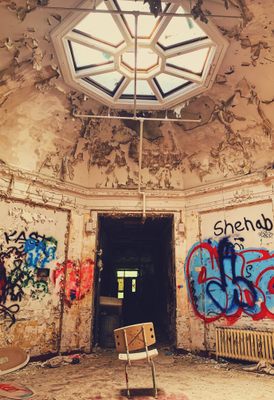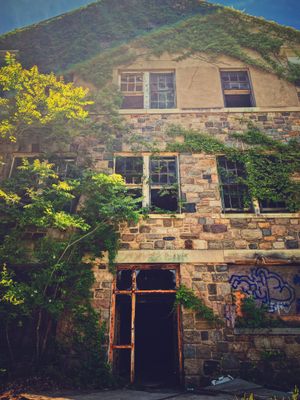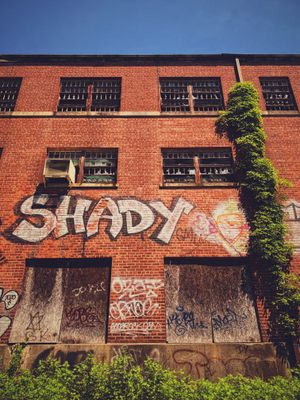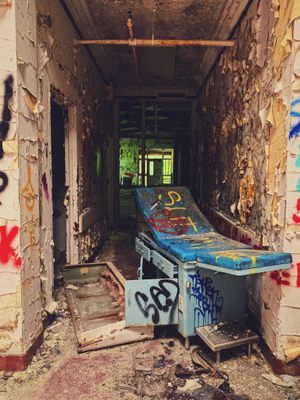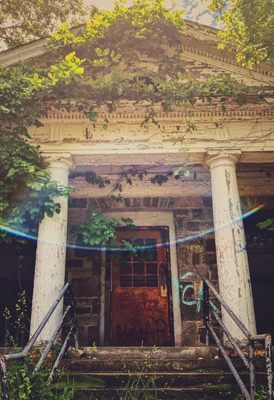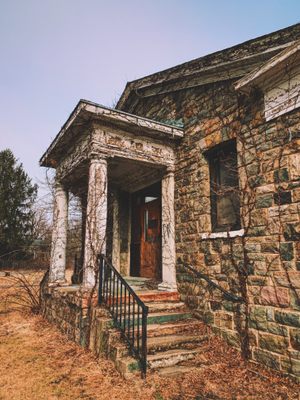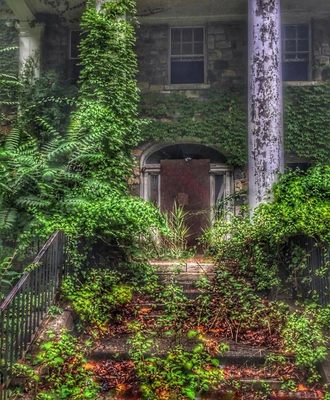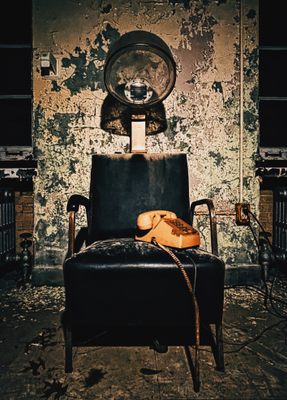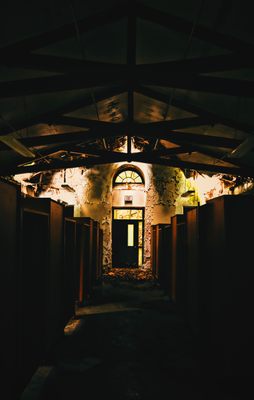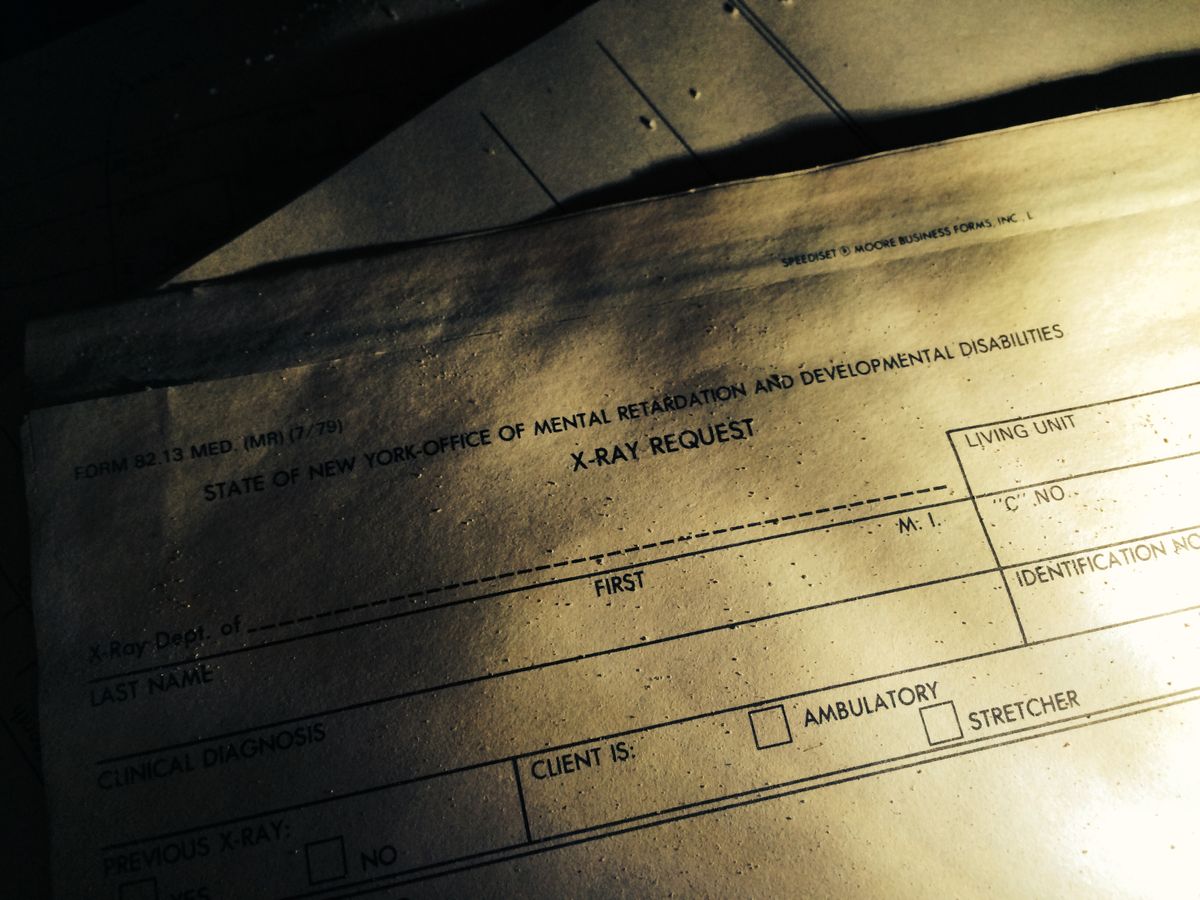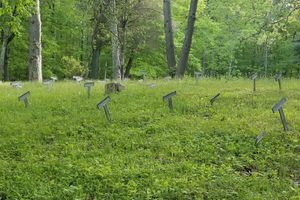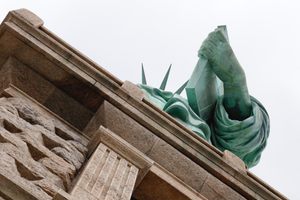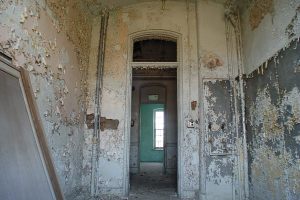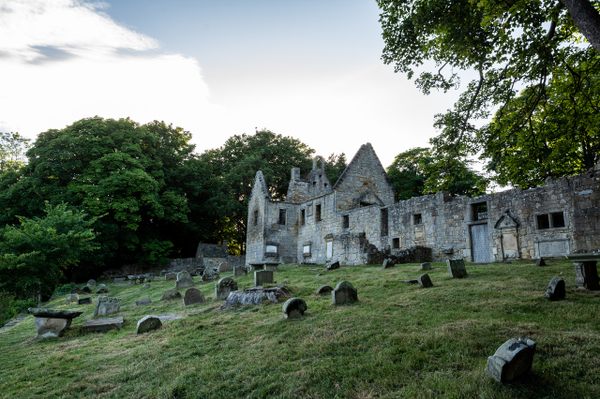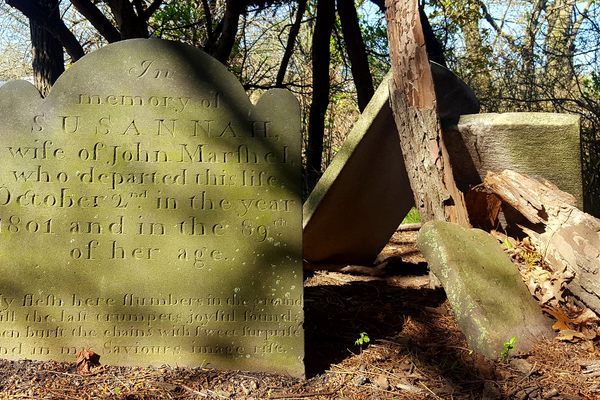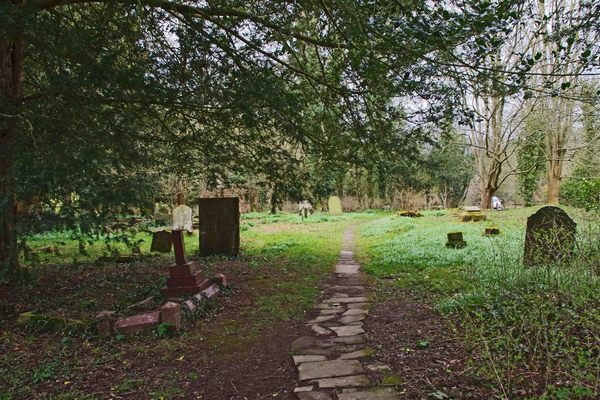About
The hamlet of Thiells, New York, about 40 miles north of Manhattan, is a quiet, unassuming place nestled in the rolling hills of Rockland County, not far from the Hudson River. It has a peaceful, small town feel, and in 1911 it was chosen to be the home of a progressive experiment: a utopian village where the mentally ill could find calm and refuge. The institution was to take care of 2,000 patients in a complex of over 130 buildings spread over 2,000 acres – as it boasted, “an acre for every patient” – and its name was Letchworth Village.
The sprawling complex was created as a home for "the segregation of the epileptic and feeble-minded.” While this archaic language makes the facility seem as though it was a sinister institution from the start, in its time it was actually seen as fairly progressive. The able-bodied tended on-site farms, there were rows of shops, a power station, sprawling grounds, and places of worship. Trying to duplicate the feel of a village with its layout of smaller, more personal dwellings in a bucolic setting, Letchworth didn’t follow the standards of the imposing asylum buildings that had previously been the institutional model. Unfortunately, despite such good intentions, Letchworth Village was almost immediately overcrowded, with the majority of its patients being children.
Almost as dependable as the life cycle of a butterfly, early mental institutions like Letchworth seemed to follow a trajectory: from "noble-facility-for-healing," to "abusive-human-rights-horror-show," to "haunting-ruins." And here was no exception. Contrary to its early ideals, the over-crowding led to insufficient funds and shortages in staffing, which in turn, as could often be the case, curdled into abuse. What may have been a simple design of self-sufficiency resulted in patients never having to leave, eventually calcifying Letchworth into an institution where mentally ill children were sent "up river," and too often forgotten.
The facility was up-front about its intention to use the patients as guinea pigs in clinical trials. The most famous case was the experimental polio vaccine, which was successfully tested on an eight-year-old boy in 1950. Testing was subsequently carried out in more children, and the success of the vaccine at Letchworth ushered in the widespread use that we still see today. It may also help explain why there was little outrage at the time, which may have also contributed to Letchworth being allowed to remain open for several more decades.
Letchworth Village was finally closed in 1996, after years of reports of abuse, neglect and abysmal conditions. The closing came on the heels of successful human rights campaigns that had closed a number of similar facilities around the country, including the infamous Willowbrook in Staten Island as reported by Geraldo Rivera in his ground-breaking expose (which had also featured horrifying glimpses into Letchworth). The full truth of what happened inside these village buildings we'll never know, but one thing not in doubt is in evidence about a mile from Letchworth – a small cemetery hidden in the forest off Call Hollow Road comprised of about 900 shallow graves, most of them about the size of a child. In place of names, the graves are merely numbered. Following a report in the New York Times about the graveyard, public outcry eventually led to a memorial, which lists those who are buried there under the inscription "Those who shall not be forgotten."
Like so many other closed and abandoned mental institutions, acres of the grounds at Letchworth Village have been left to simply rot and be retaken by nature, adding credence to the hoary horror movie trope of the creepy abandoned institution with the disturbing past. While some of the buildings have been repurposed, and parts of the grounds have been transformed into a golf course and public park, many of the neo-classical buildings are still left abandoned and in utter disrepair. While the once-high principals of a utopian village are slowly crumbling into ruin, it can be a peculiar sight to see groups of golfers and families walking their dogs against such a disturbing backdrop.
Additional material from Luke J Spencer (Author)
Related Tags
Know Before You Go
Letchworth Village is located in Thiells, New York, off the Palisades Parkway. A large portion of the property is now a public park, with many of the abandoned buildings only feet away from walking paths. However, posted signs warn that visitors must remain on the paved paths at all times and are strictly prohibited from entering any of the buildings. The local police patrol the property fairly regularly and will arrest trespassers.
Community Contributors
Added By
Published
November 17, 2014
Sources
- http://abandonednyc.com/2012/08/05/legend-tripping-in-letchworth-village/
- http://minskysabandonedamerica.com/2015/08/13/letchworth-village/
- http://www.nytimes.com/2007/12/13/nyregion/13towns.html?_r=0
- http://heresdave.com/2013/10/24/the-deplorable-letchworth-village-insane-asylum/
- http://www.weirdus.com/states/new_york/abandoned/letchwork_village/







